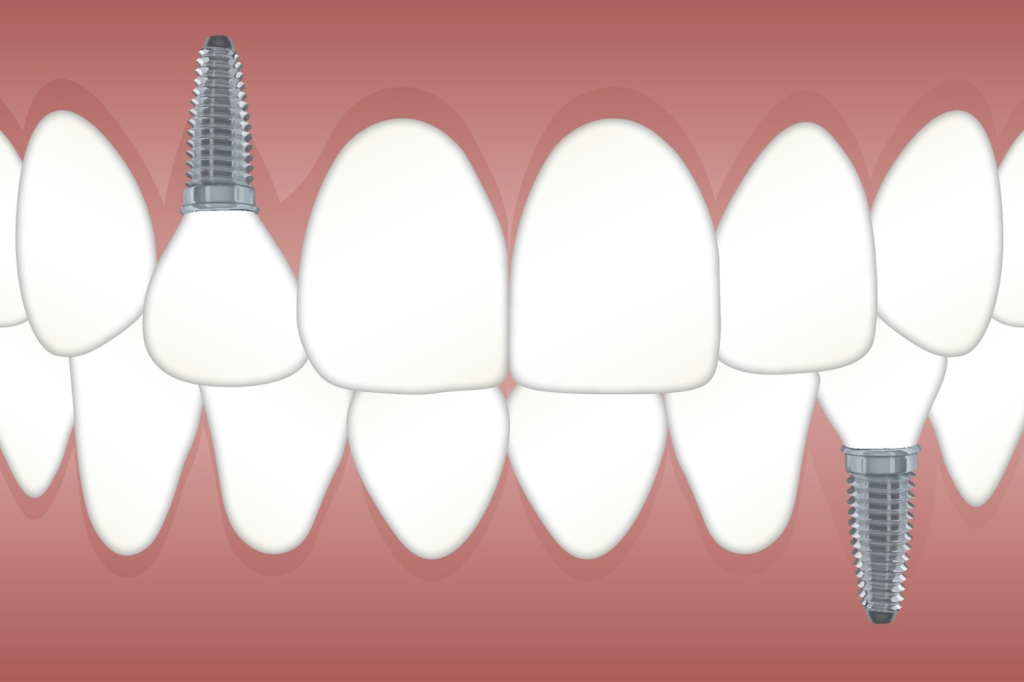Are you planning to get dental implants but not sure how long or painful the procedure will be? We’ve got you covered with our dental implant guide. Dental implants can seem like a daunting procedure and require diligent aftercare. But the right dentist can ensure a smooth procedure.
However, there are some pre-requisite to dental implants that can vary from situation to situation. Let’s look at the steps leading up to the implant.
1. Bone grafts
Bone grafts are required when the jaw bone is too soft. This is done to ensure the implant can withstand the pressure from chewing and movement of the mouth. If the bone is too soft, it won’t be able to support the implant and can result in a failed surgery. There are many material options available for a bone graft. The bone may be extracted from a specific area of your body, or the dentist could suggest a synthetic bone graft.
You can always consult your dentist about your options. The bone growth over the transplant will take time to grow strong enough to support the implant. Therefore, the strength of your jawbone will determine how your process will proceed.
2. Planting the Dental Implant
The dental surgeon will cut open your gum to expose the bone underneath. Then, they will drill holes into the jawbone or the grafted bone to make space for the metal dental implant. The implant will act as a pseudo tooth root planted deep into the bone to support the tooth.
While the area heals, you will have a space between your teeth. But temporary partial dentures can be placed between the teeth to discourage misalignments. These dentures are removable, and you can take them off when you sleep or for cleaning.
3. Healing and Bone Growth
Now, we will wait until the bone below grows enough to unite with a metal implant. This process is known as osseointegration and will take several months. During that time, the implant will grow stronger at the roots and provide a solid base just like a natural tooth.
4. Abutment Placement
Once the bone is done growing over the implant, the surgeon will make an incision to re-open the gum and attach the abutment to the metal implant. After attaching, the surgeon will close the incision around the abutment. Sometimes, this step is unnecessary because some surgeons attach the implants with an abutment that is longer than the gum line.
The healing process for this part of the procedure is two weeks. After that, the artificial tooth can be attached.
5. Shopping For New Teeth
After your gum line heals, you will need impressions for your remaining teeth. These impressions will help make the crown that will look like your natural teeth. You can opt for a removable crown or fixed crown. The removal crown acts like a temporary denture that can be removed from cleaning and sleeping. But a fixed crown that will be permanently attached and cannot be removed.
Post-surgery you may feel some discomfort like swelling of your gums, face, bruising on your gums and skin, and pain and bleeding at the implant site. Your dentist may advise you to take pain medication and antibiotics after the surgery. And your diet should consist of soft foods that are easy to chew.
The results of this surgery are quite promising. But if complications arise and the bone does not fuse sufficiently, the surgeon will remove your implant and clean up the bone grafting and implant. You can try this procedure again three months post removal.
Dental implants are usually required due to tooth decay accompanied by extreme pain. At West Hill Smiles, we strive to bring you comfort, confidence, and quality dental services so you can smile brighter. For the best dental implants in West Hills, reach out to us or visit our website for more information.


